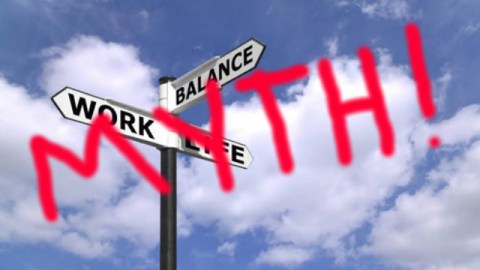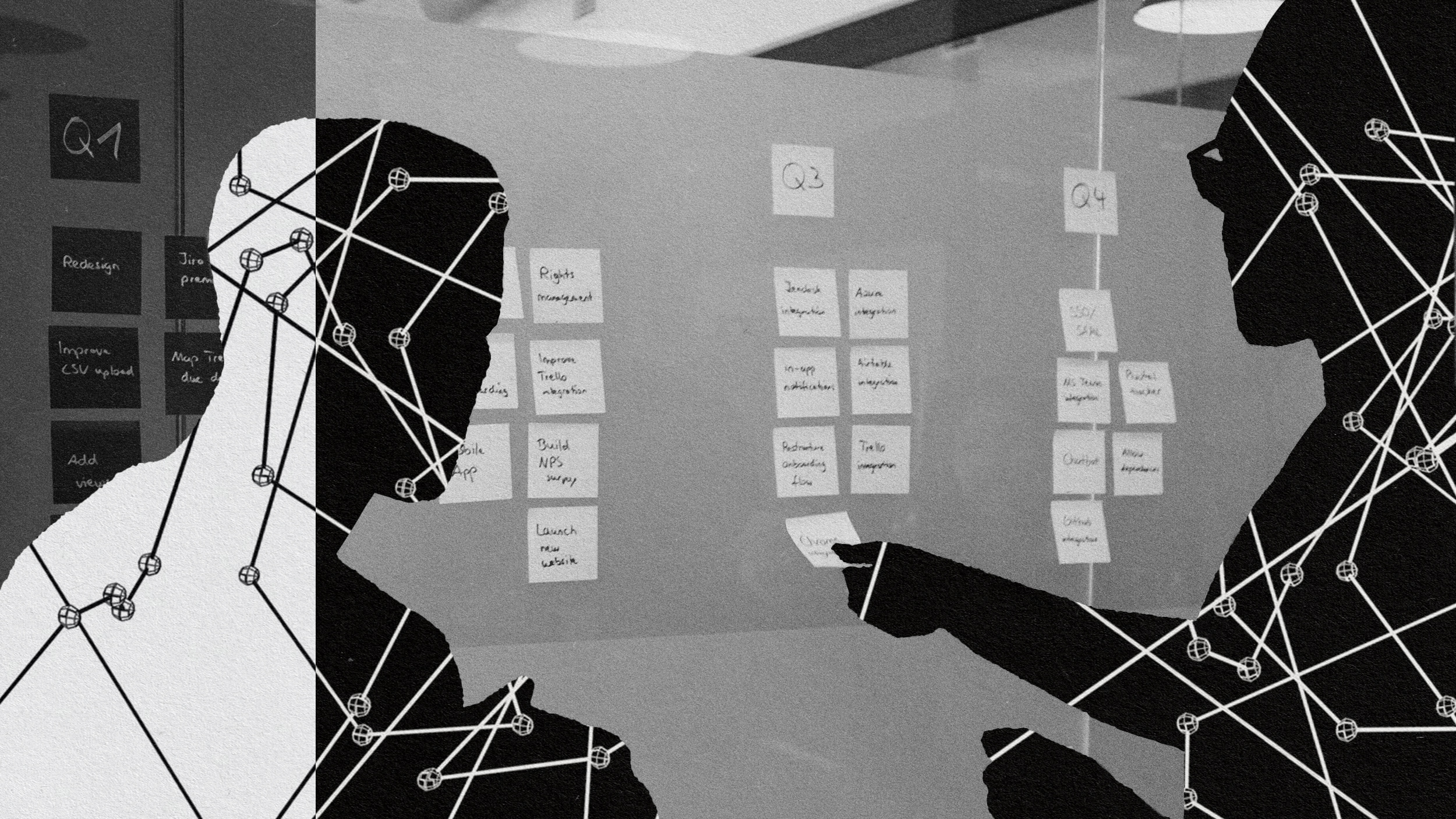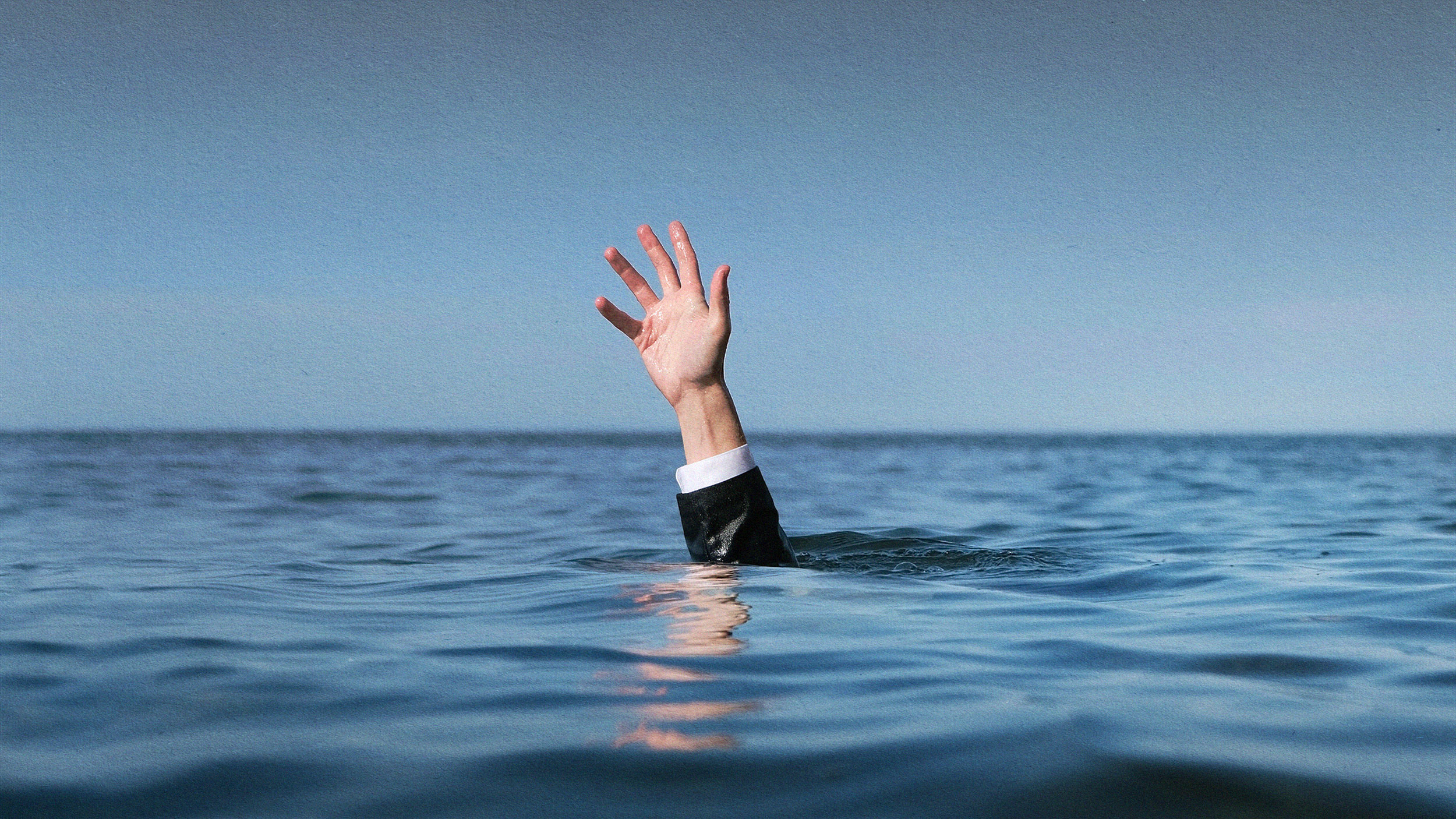The Myth of the Work-Life Balance

Many companies extol the value of work-life balance for their employees, but the reality for senior executives? There isn’t any. Frequently, stressed and harried managers look up the organization hierarchy and assume that they’ll have greater control of their time when they advance to the C-suite. What they don’t understand is that modern-day telecommunications, the hair-trigger requirements of financial markets, and the pace of global organizations create 24 x 7 work lives for most executives. So, forget work-life balance and think personal organization and finding ways to relax.
I see too many new and aspiring executives who are naïve about what it takes to succeed at the C-suite level and surprised by the withering demands placed upon them. The first step in dealing with the workload is putting in place the support structure that allows you to focus your energies on key priorities and issues where you can add the greatest value to the business.
Think for a minute. If your boss came and asked you to lead a major change initiative, your first questions would be about the budget and staff you would have at your disposal for the effort. The same logic applies to preparing to operate as an executive. At work and at home, who are the people who allow you to leverage your time and energy: your go-to staff members to keep track of major projects at work and those who help with childcare, eldercare, or managing a household?
In their drive to succeed, many new executives get caught up in a merry-go-round of business reviews, executive team meetings, e-mail, and late-night conference calls with colleagues around the world. At one large, global company, the CEO was known to keep his top 100 people on speed dial for impromptu phone calls at any time of the day or night. In many companies it can be difficult if not impossible to break away from this routine even for a long weekend, and the cumulative effects of stress and workload are damaging. We know a great deal about the long-term health dangers of prolonged stress. However, as described by Daniel Goleman, Richard Boyatzis, and Annie McKee in Primal Leadership: Learning to Lead with Emotional Intelligence, the effects on executive effectiveness are just as profound.
Under continued stress an executive loses his or her perspective on issues and the ability to look at problems creatively. Molehills become mountains. Conflict with colleagues becomes personal. The “flat spots” of our personality — for example, arrogance, inflexibility, aversion to risk or a tendency toward negativity — become evident. And most of us revert to tried and true solutions — the enemy of breakthrough strategies and new innovations.
Say goodbye to the two-week vacation with the family. That’s history in most organizations. Instead, seek to find those activities that allow you to relax — even if only for 15 minutes a day. One CEO races performance sports cars on weekends. Another works out vigorously early every morning and adds a walk around Central Park on weekends. Yet another would end a grueling day of work listening to jazz on a professional quality sound system installed in the basement. Such executives recognize that these moments of relaxation are critical to maintaining resilience: their ability to rebound from obstacles and setbacks whether it’s an unplanned marketplace event, the resignation of a key staff member or a promotion decision that didn’t go their way.
Many managers are “sprinters” early in their careers. Recognition, rewards, and promotions come their way quickly. However, to succeed at the C-suite level where the pressures are greater and the consequences of failure more punishing, it’s critical to equip yourself for the long haul. And that means making sure you have the necessary support structure around you and those precious few moments of relaxation that help you maintain the bounce in your step and the optimistic tone required of a senior leader.
This blog post was originally posted here, at the Harvard Business Review. You may find more of John’s articles at HBR.org.





